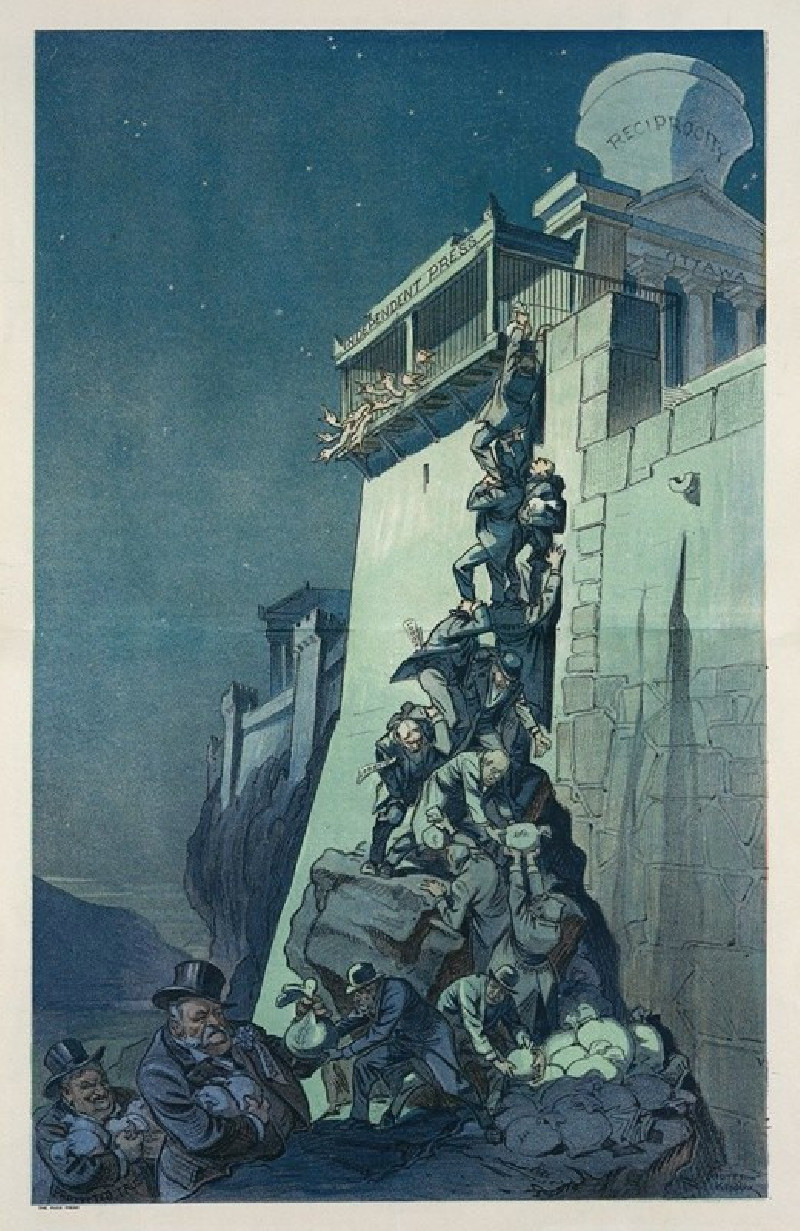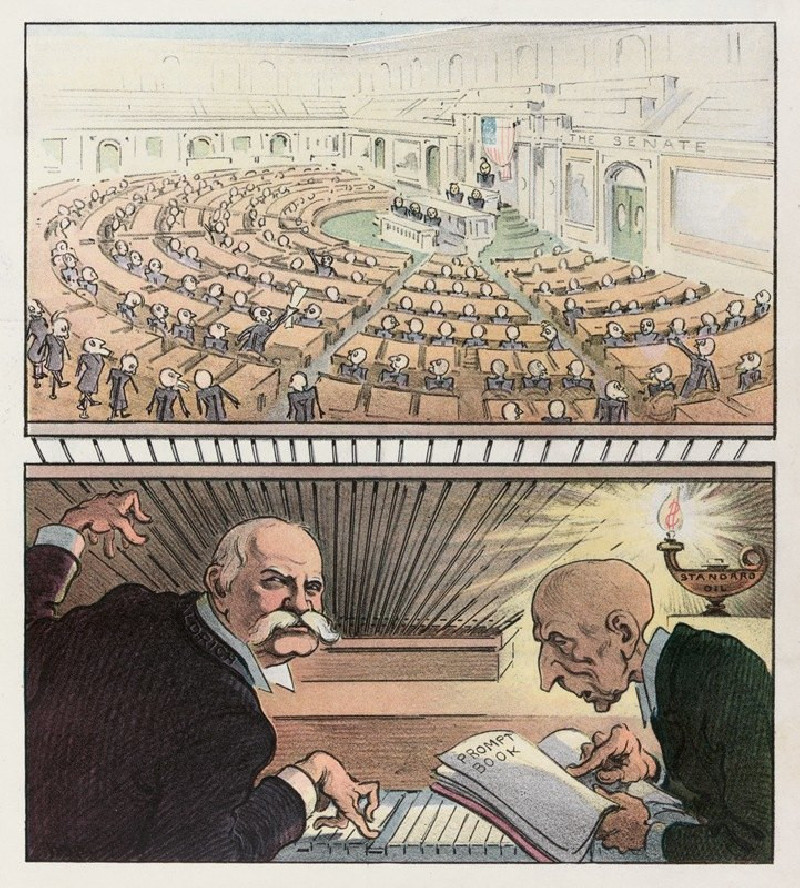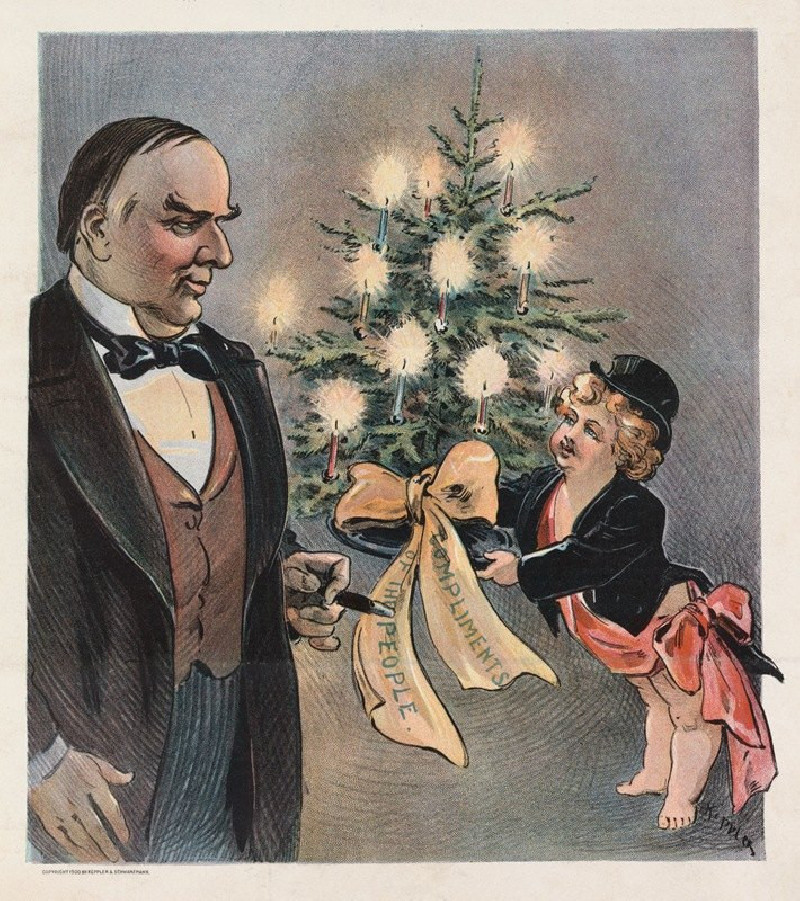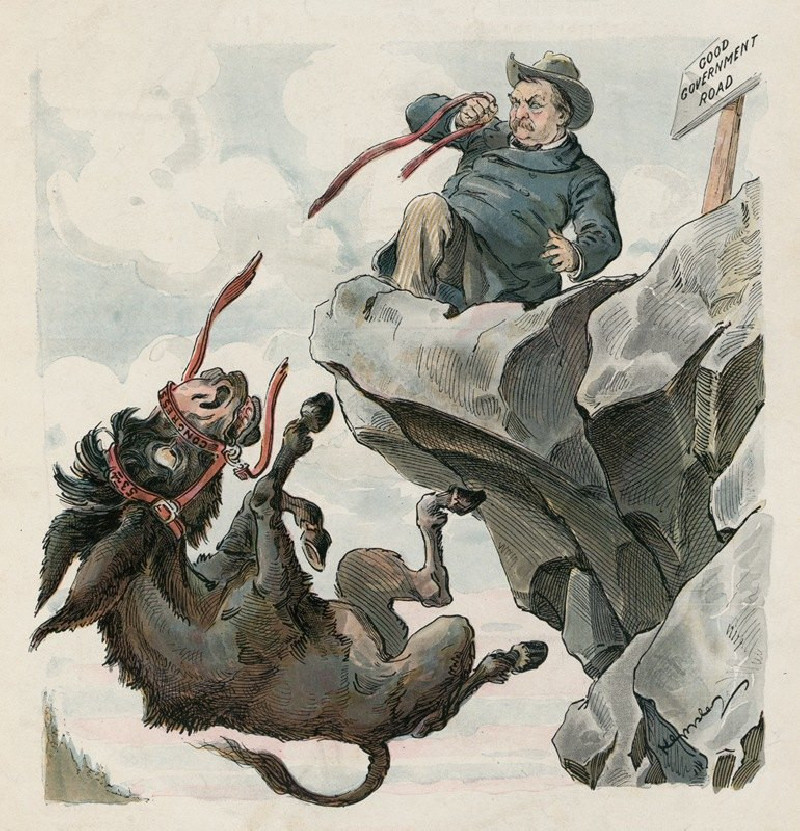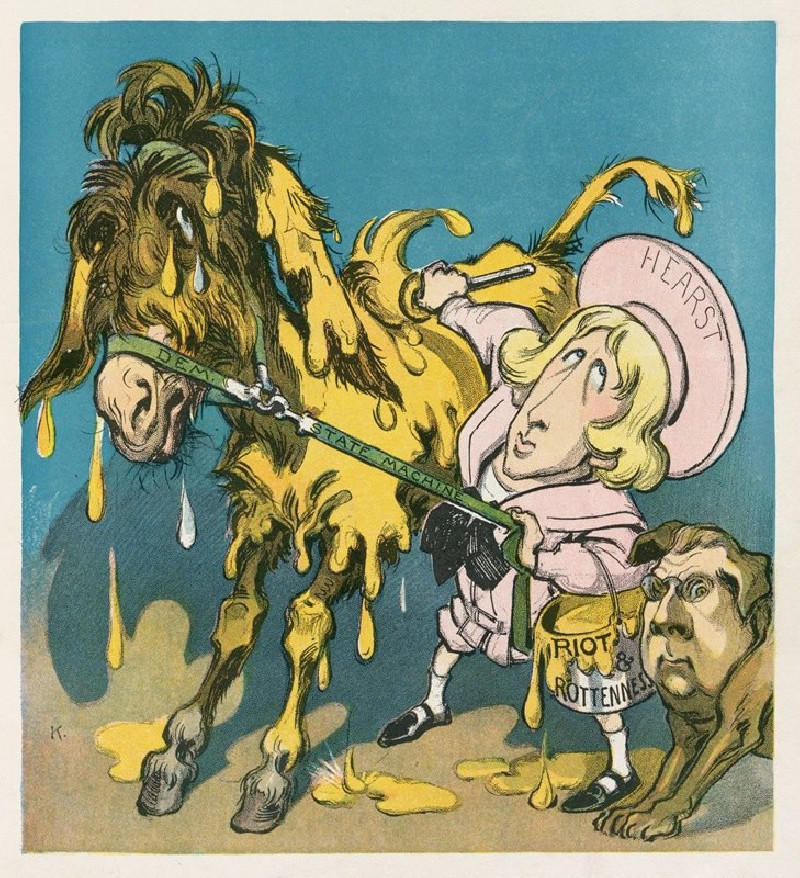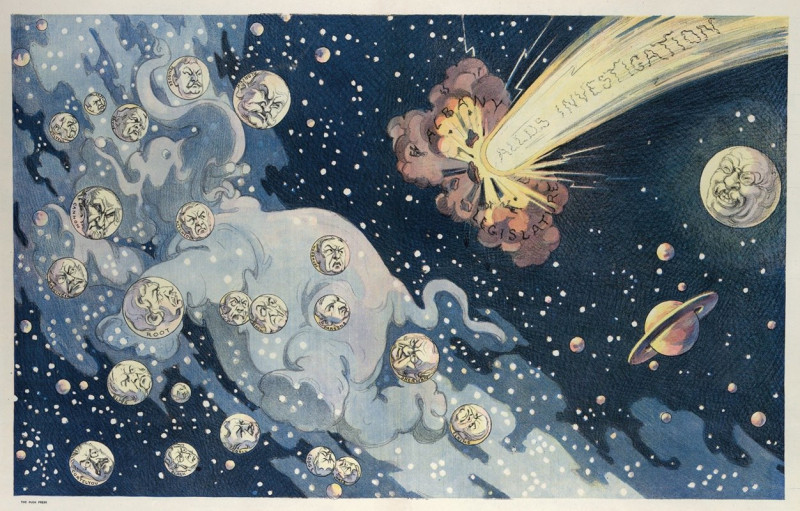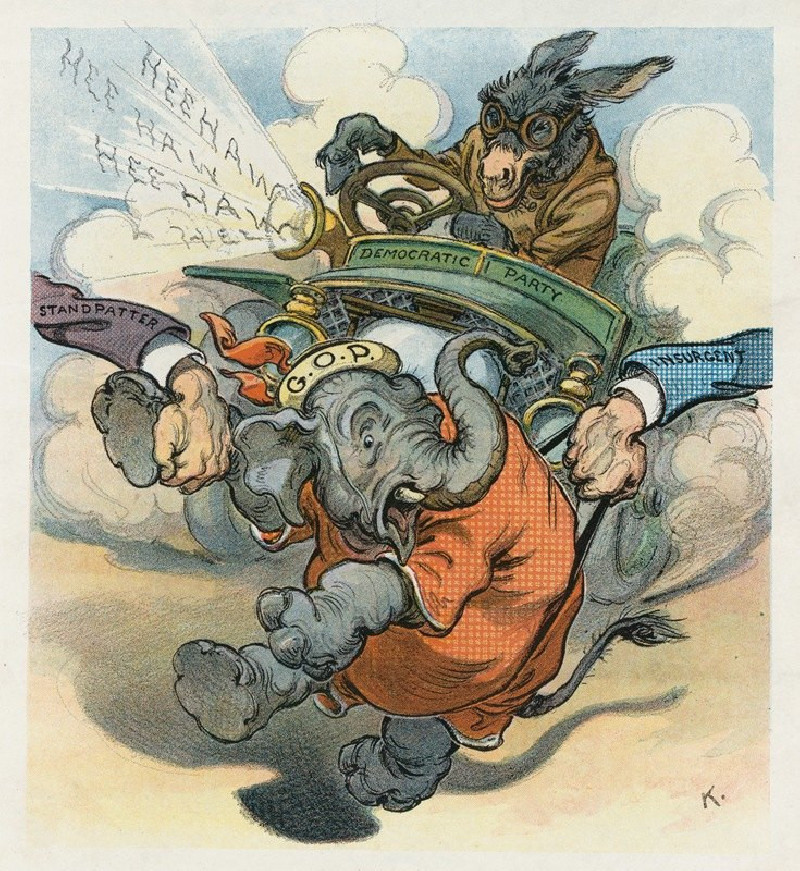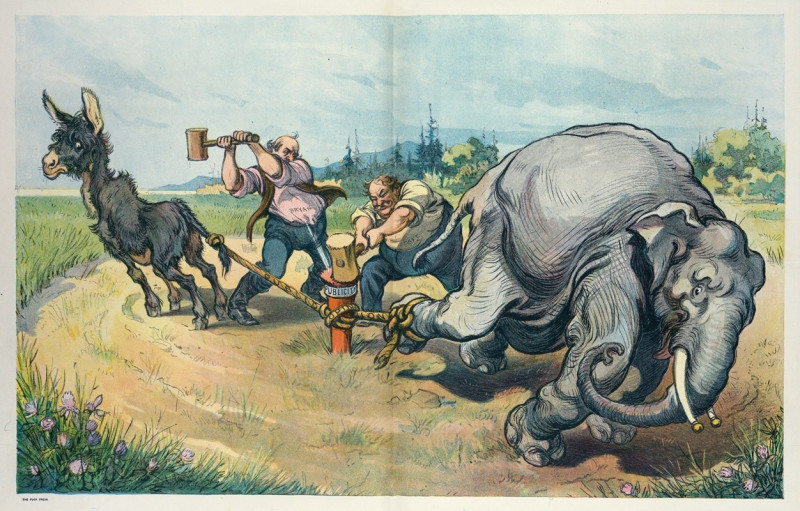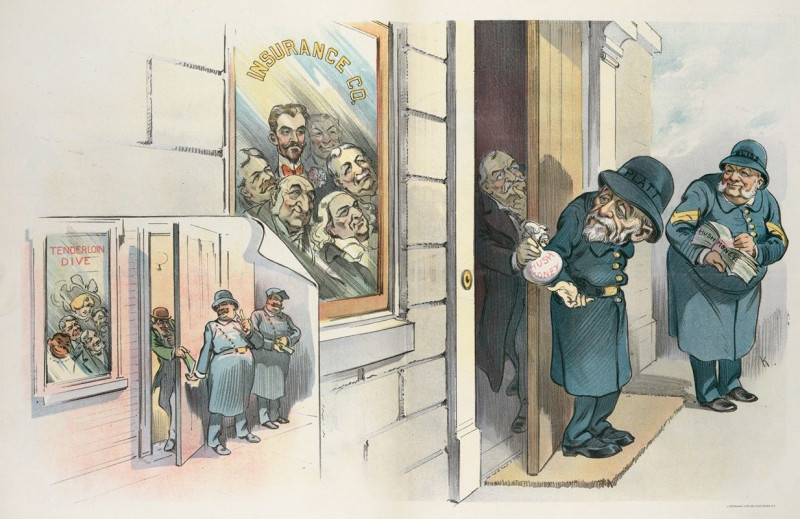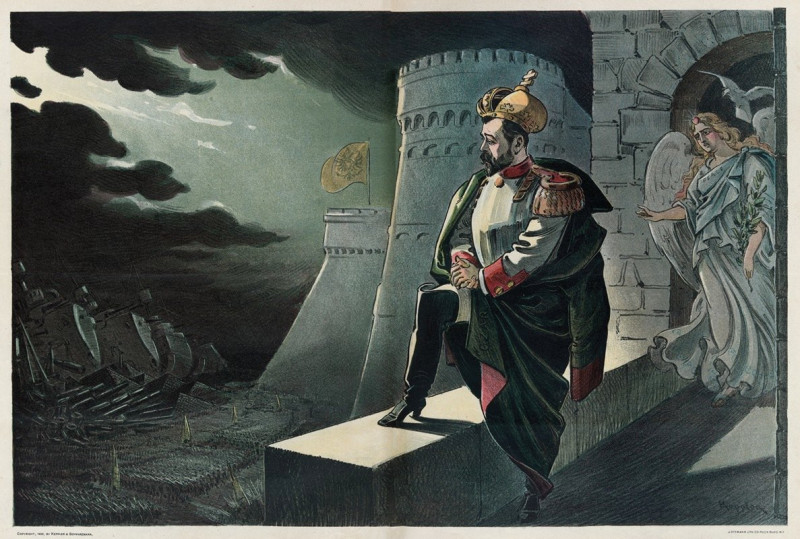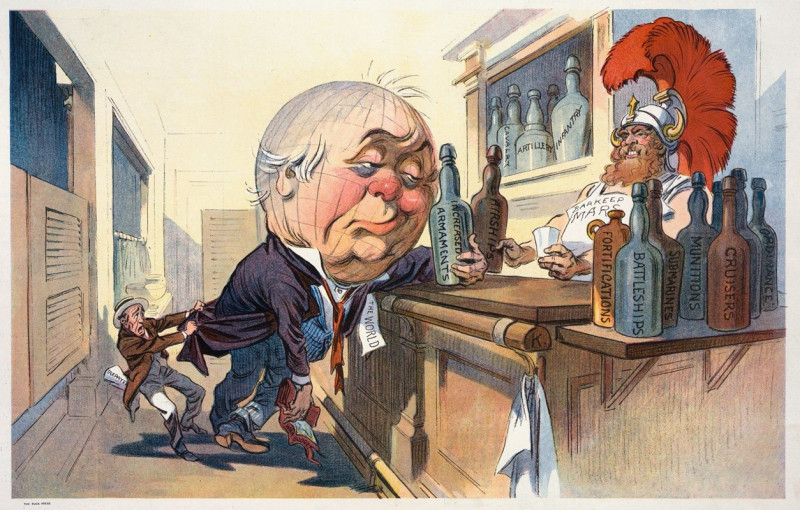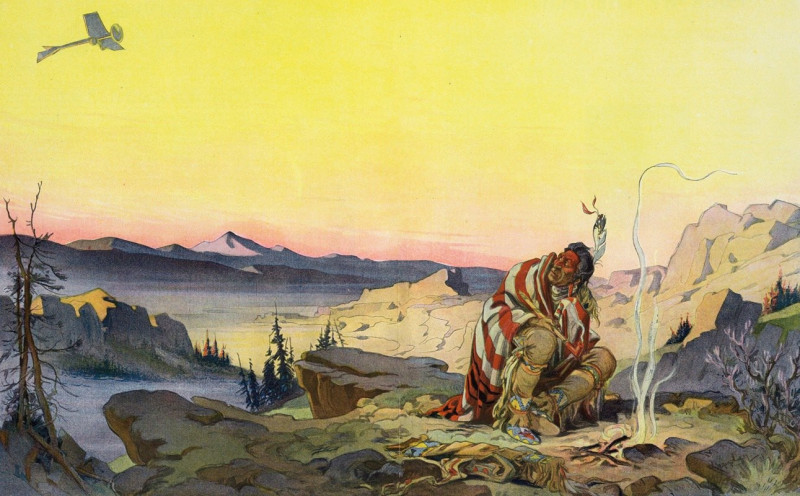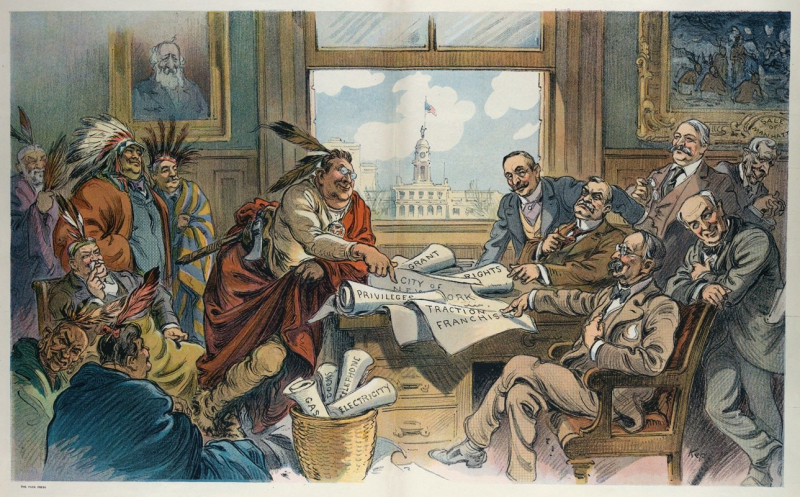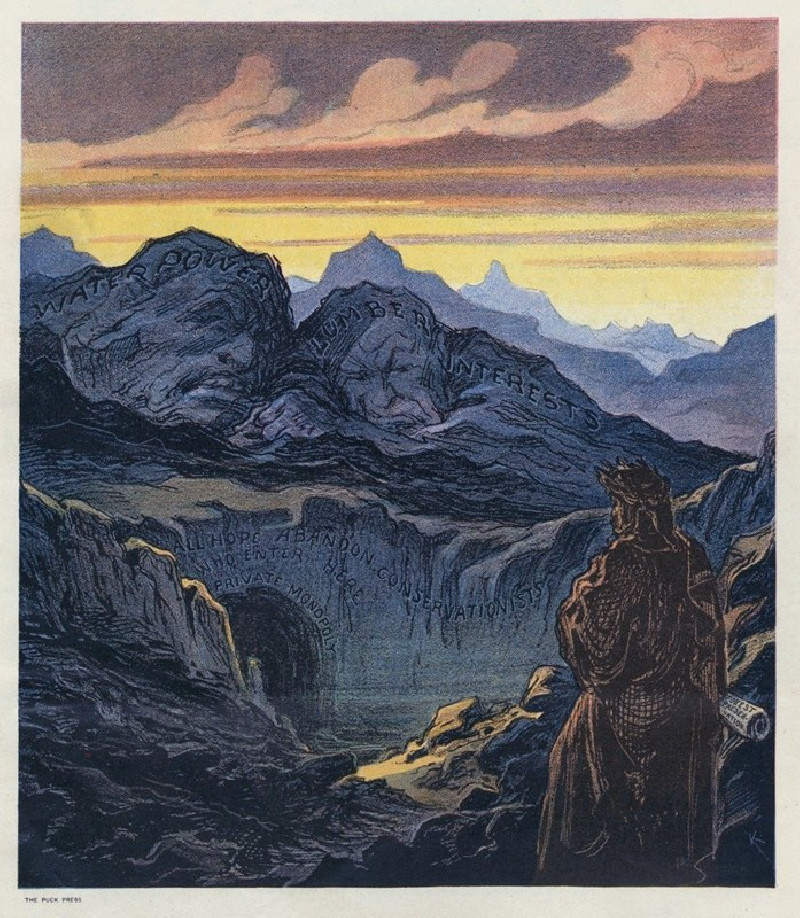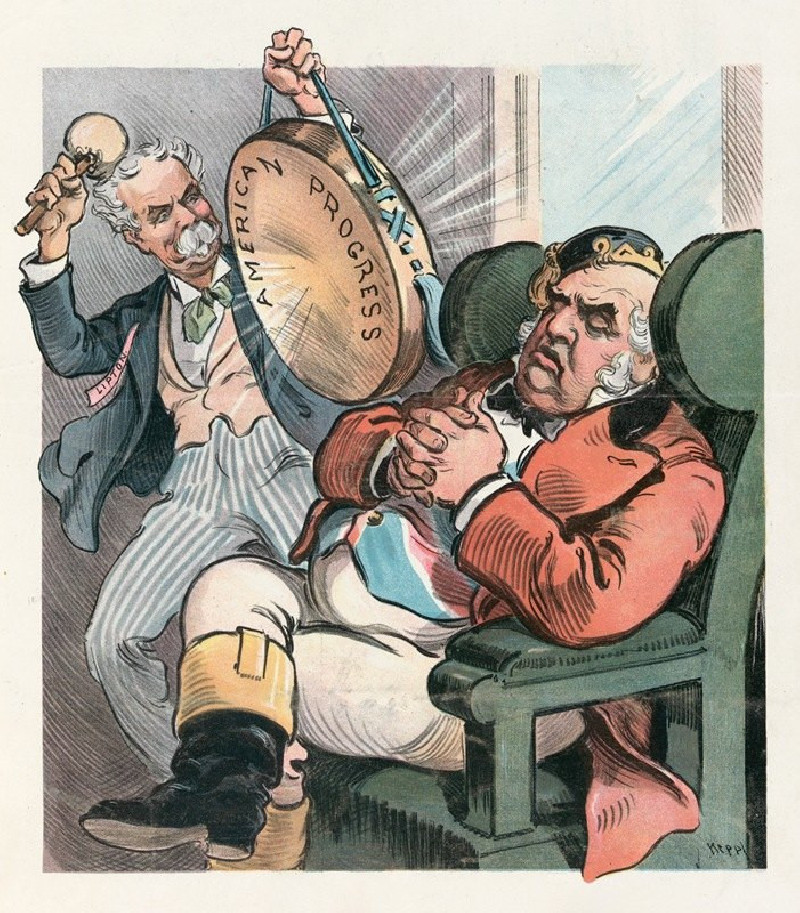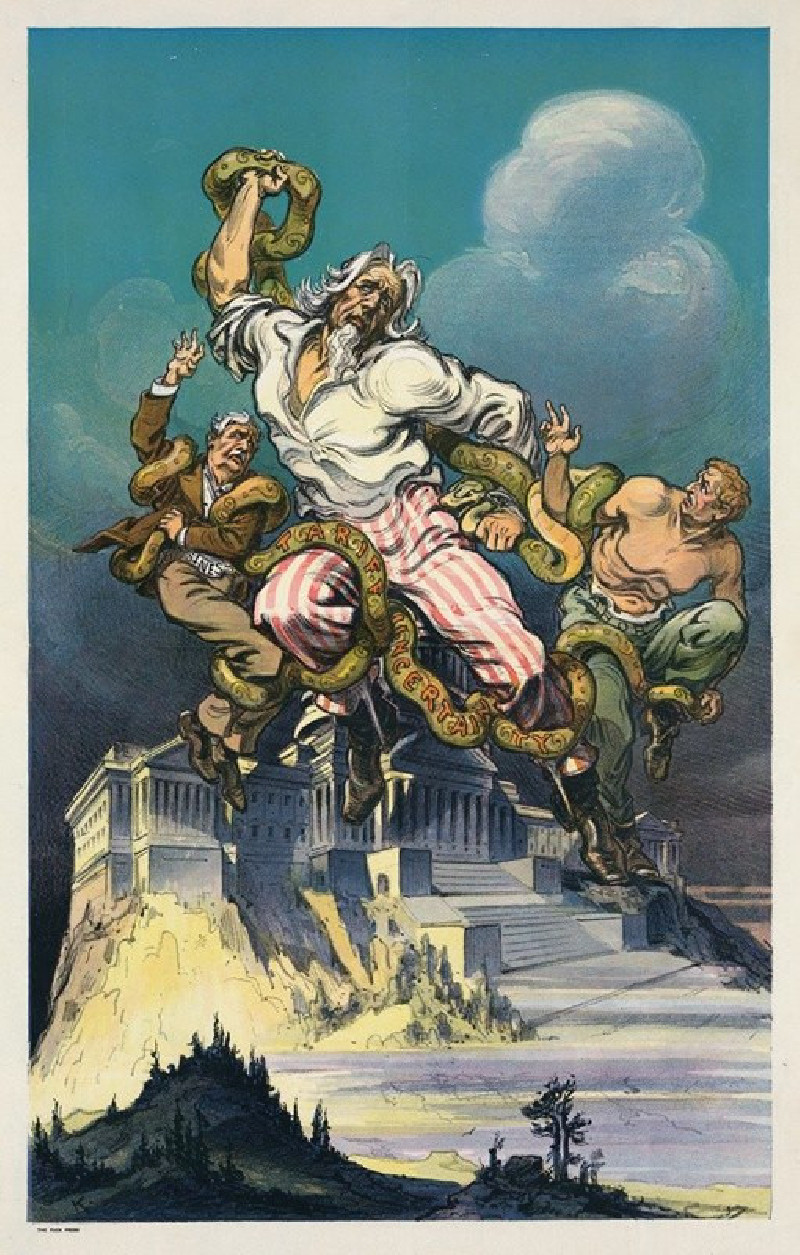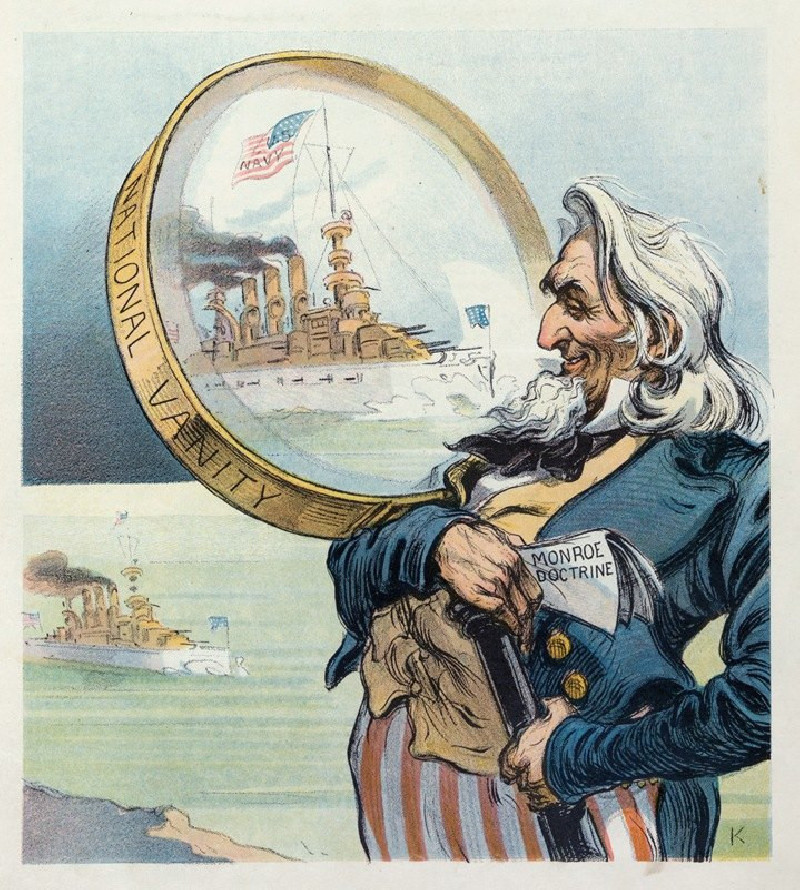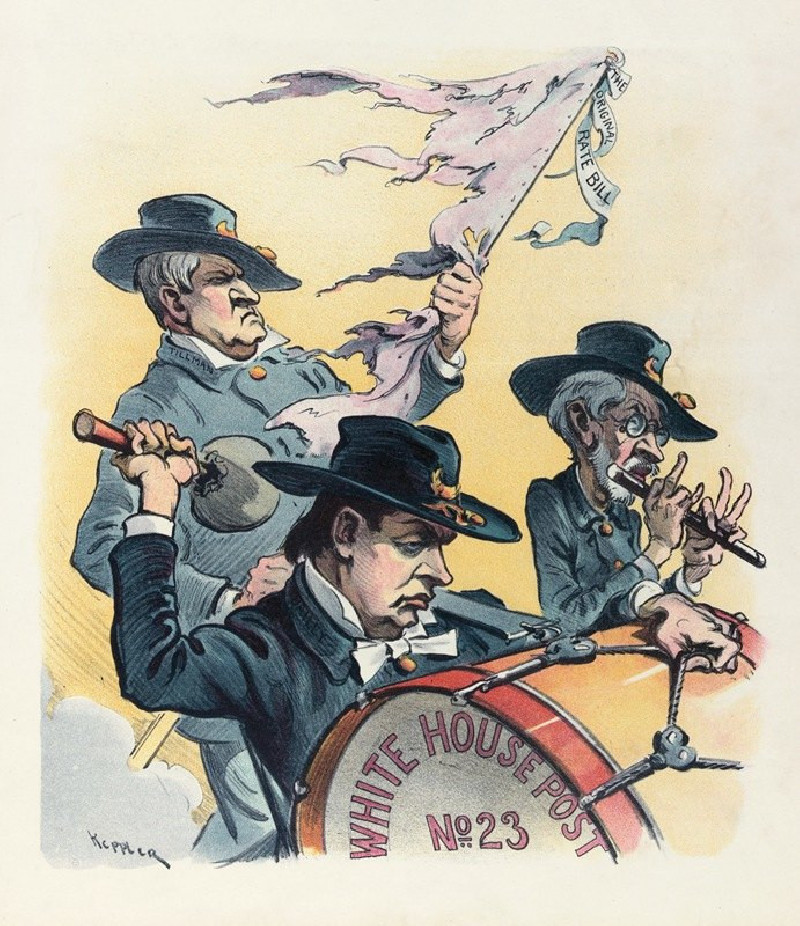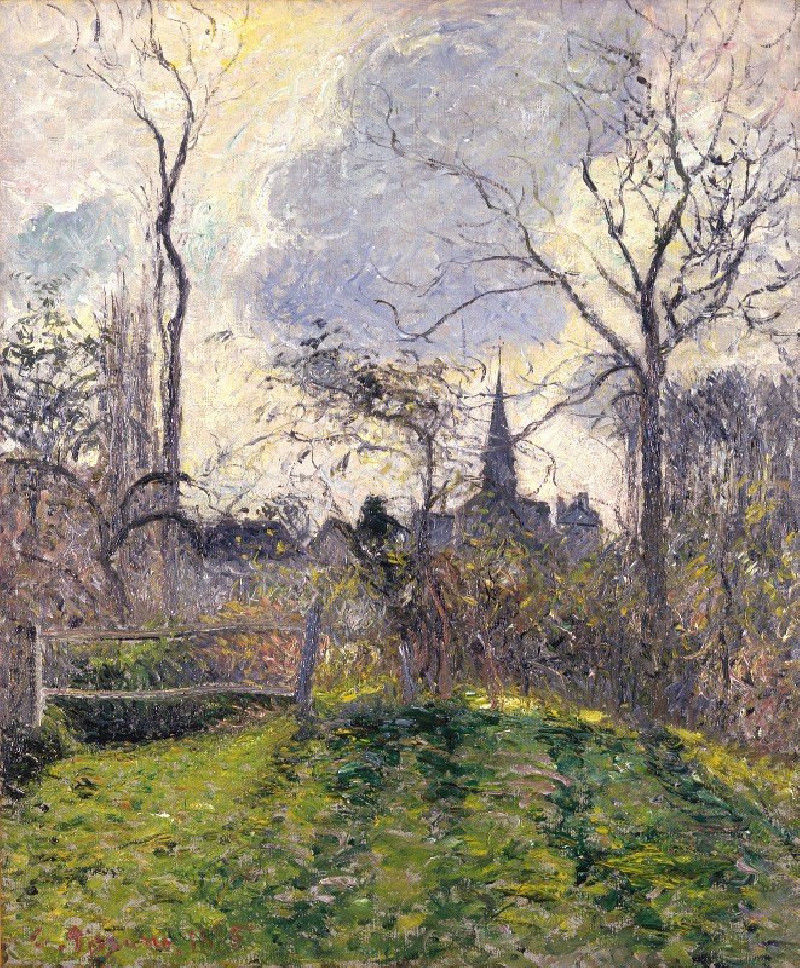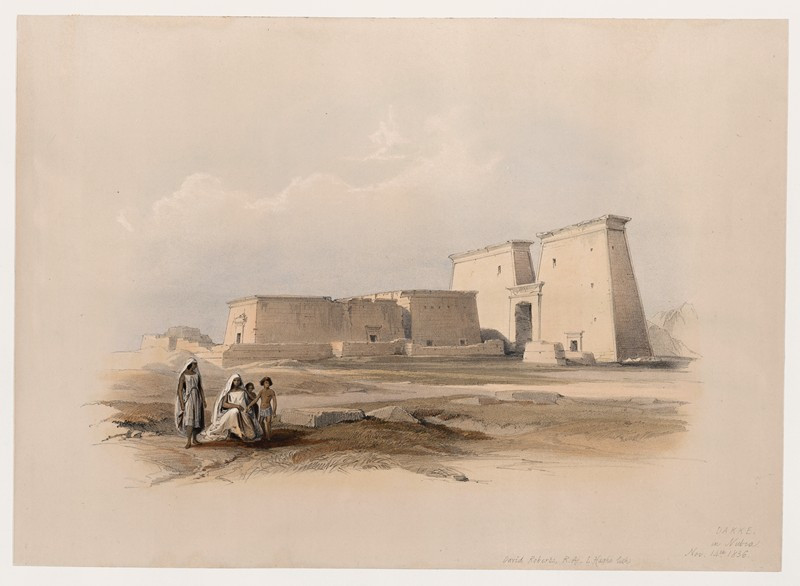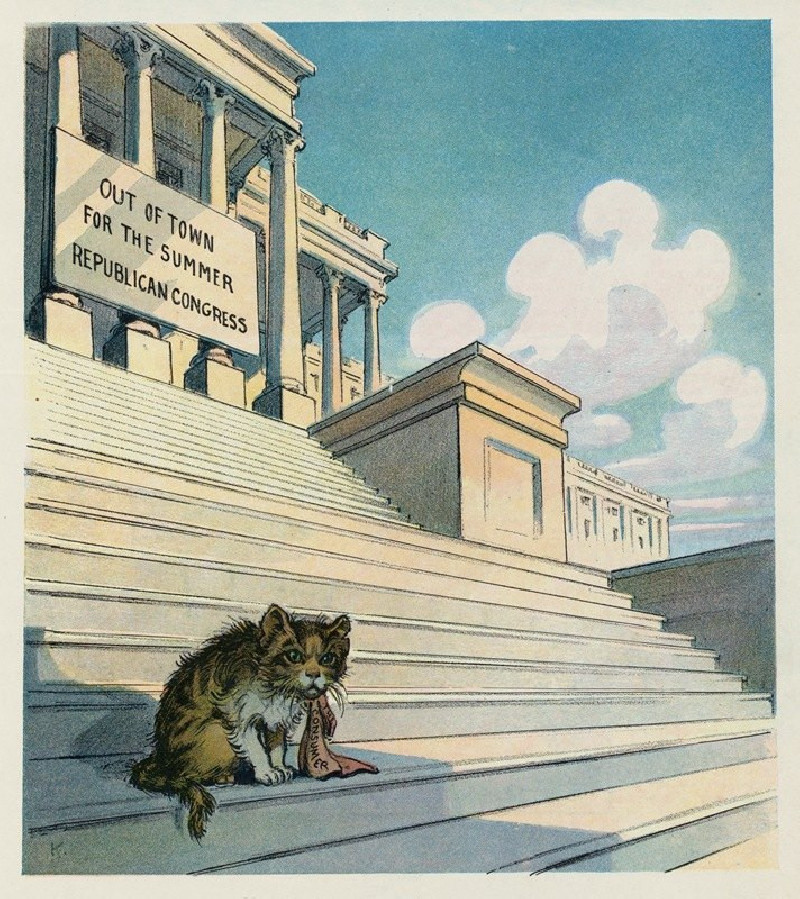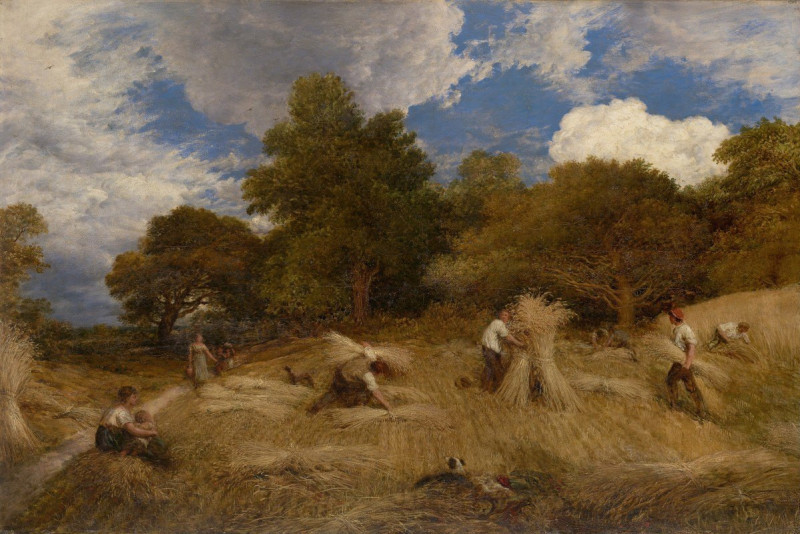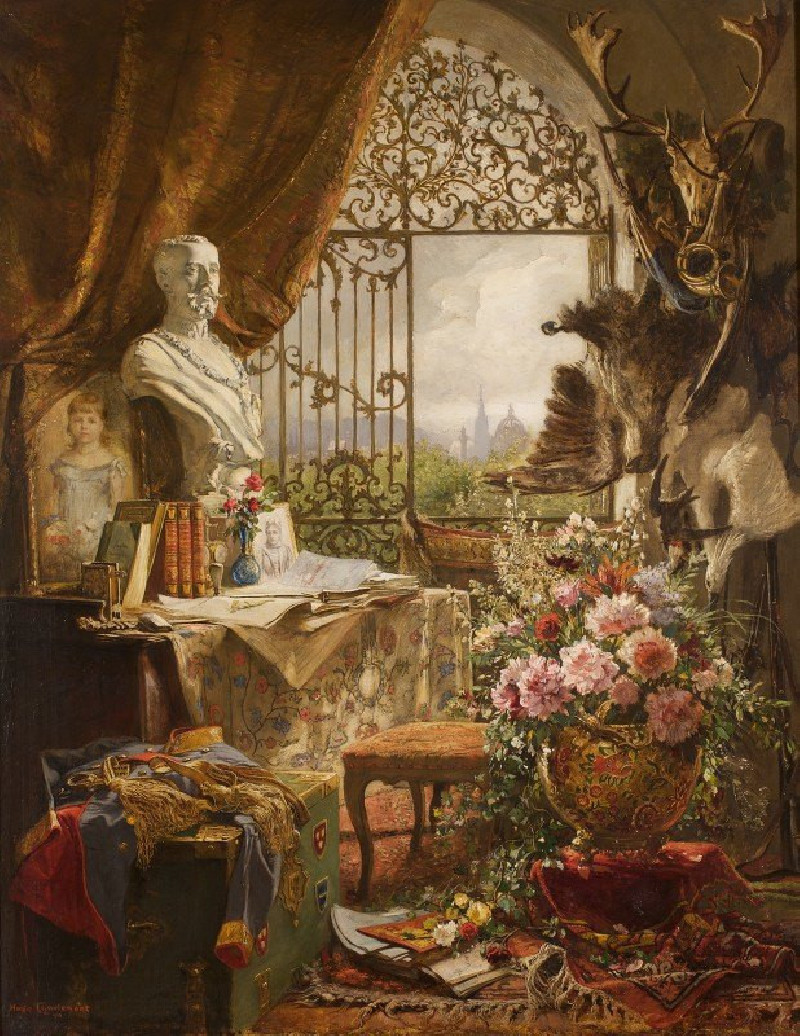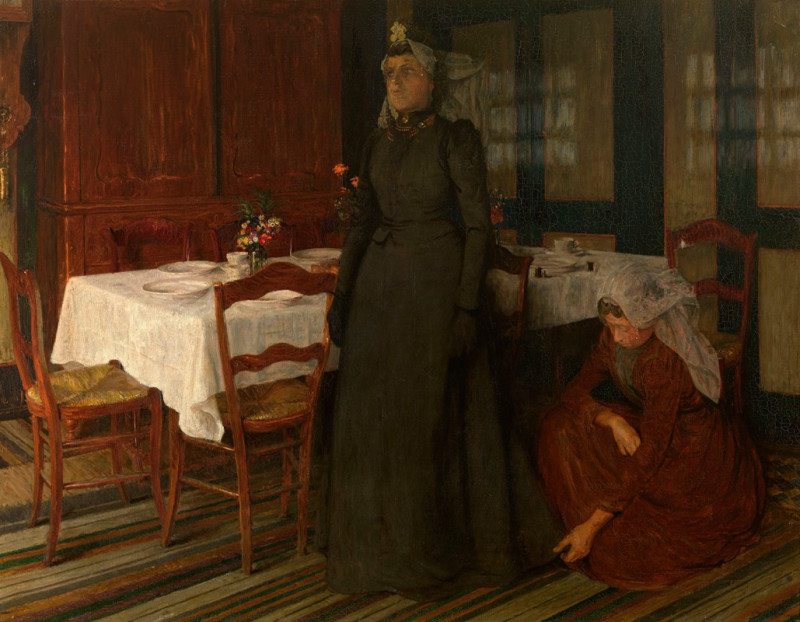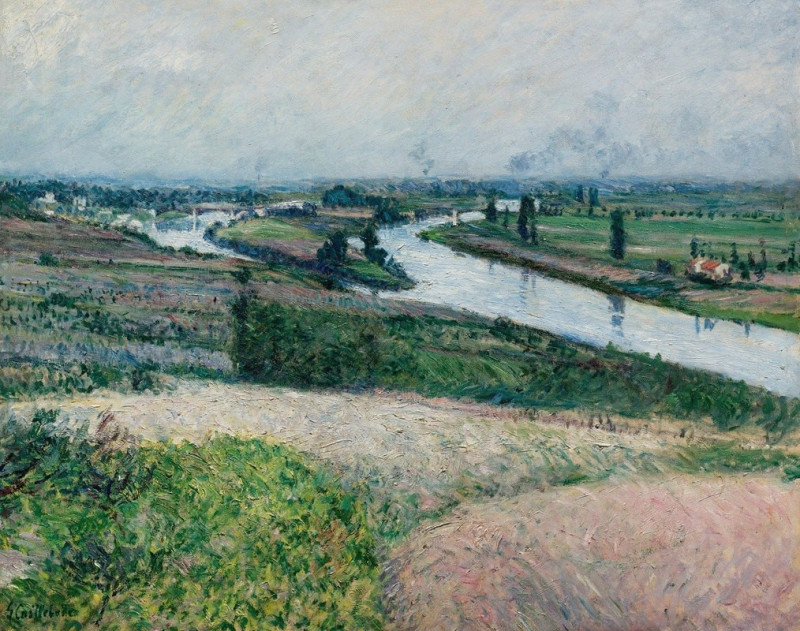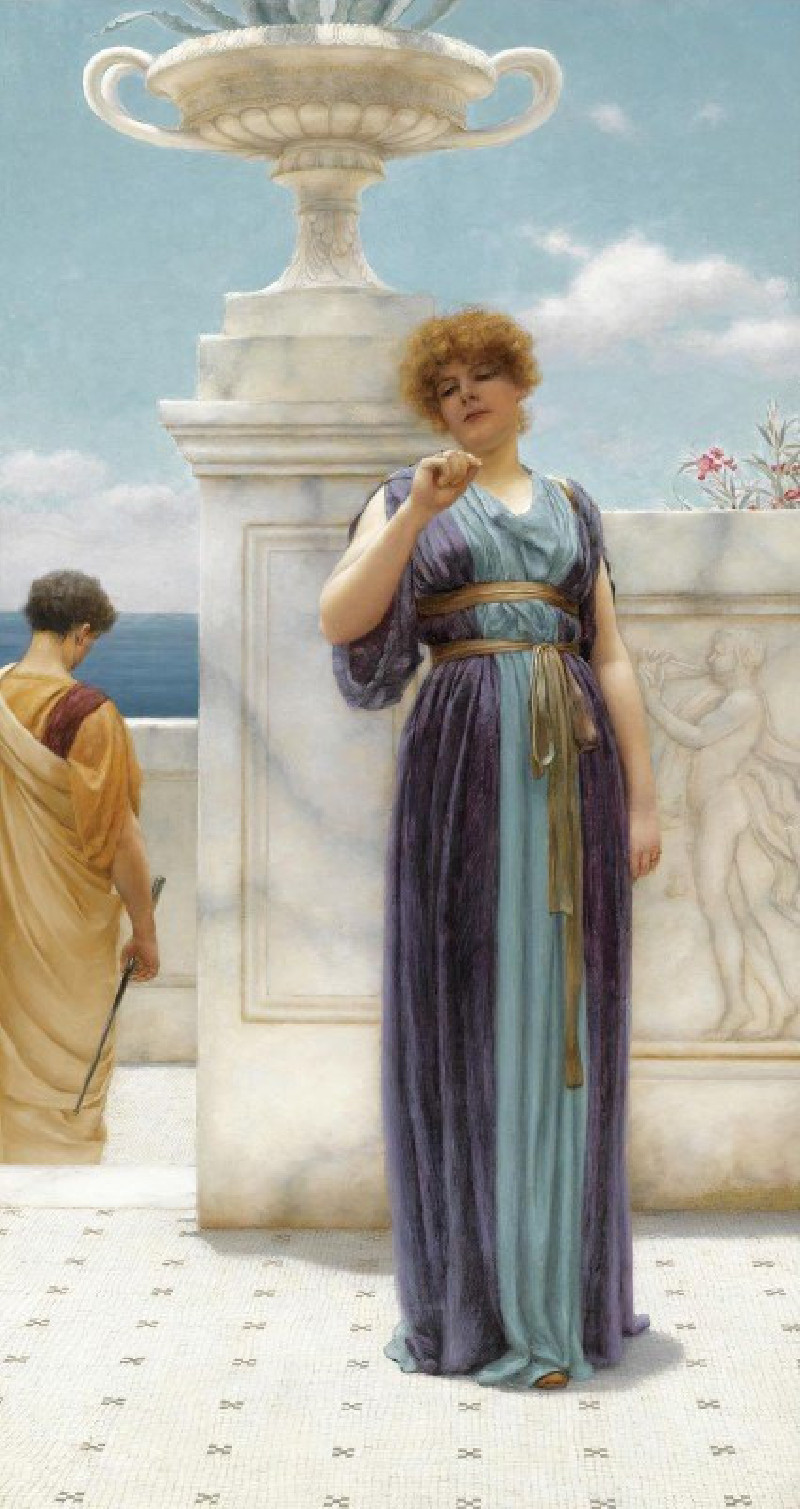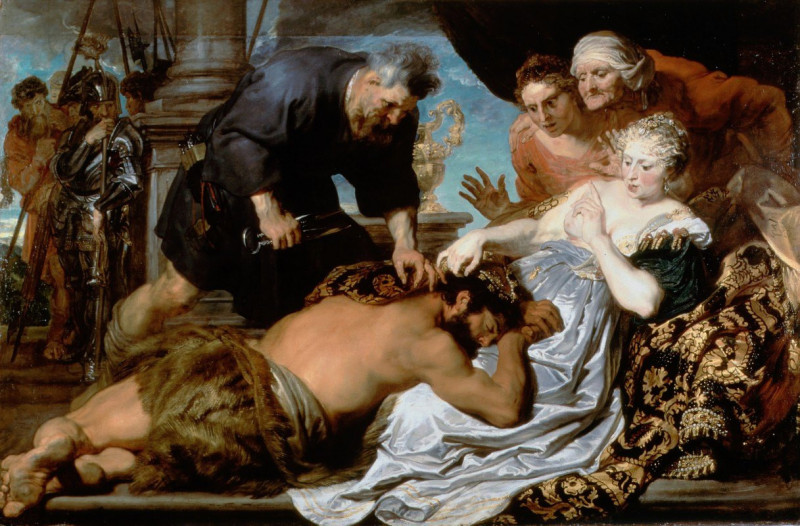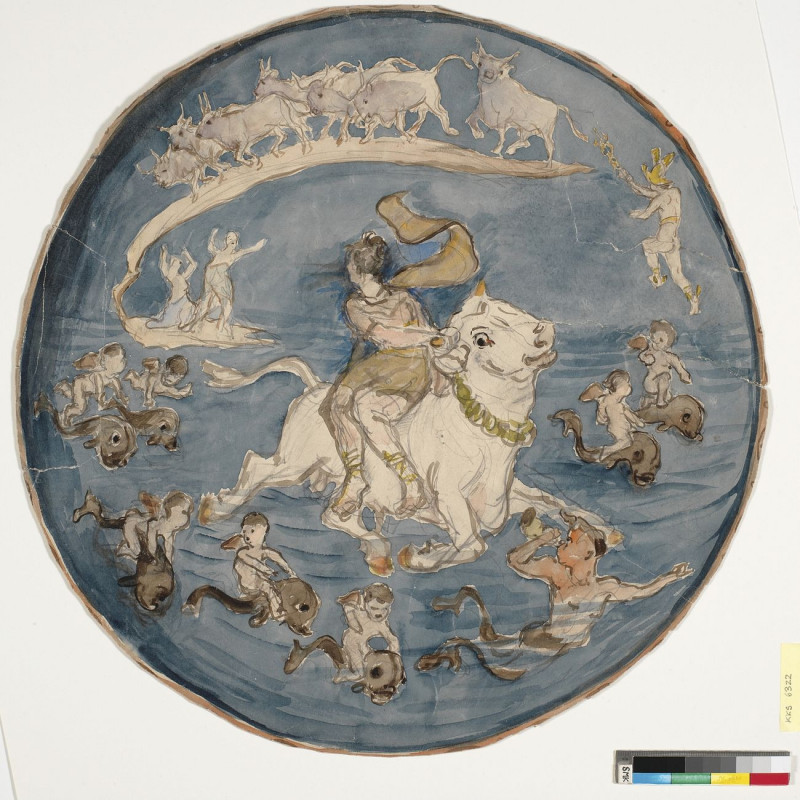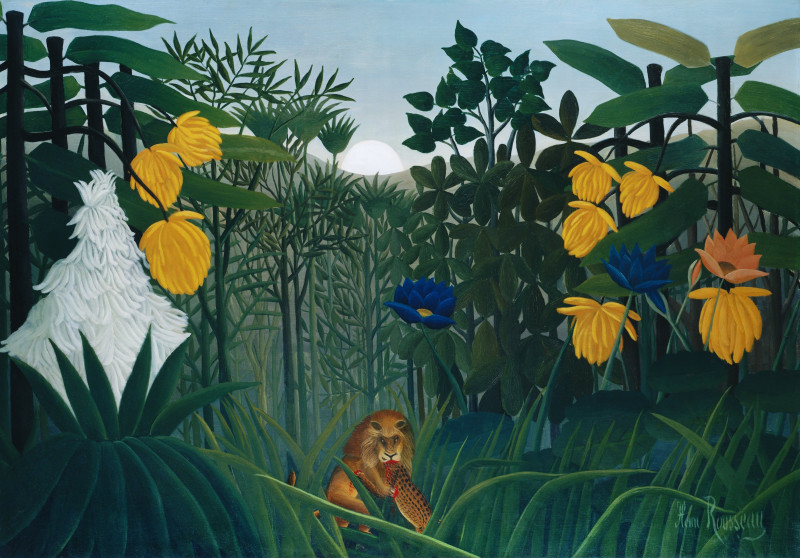Cuba’s opportunity (1902)
Technique: Giclée quality print
Recommended by our customers
More about this artwork
In the revealing political cartoon “Cuba’s Opportunity” from 1902, artist Udo Keppler offers a colorful commentary on the complex economical and political dynamics between the United States and Cuba at the turn of the 20th century. This artwork is rich in symbolism and expresses themes that are deeply intertwined with the political sentiments of the era.The painting portrays Cuba as a female figure burdened with a vast load of sugar cane, symbolic of the country’s economy heavily reliant on this single agricultural product. She is depicted approaching a large gate labeled "Reciprocity," which stands between pillars bearing the words "Annexation" and "Tariff Wall." Her hopeful entrance through the Reciprocity gate is blocked by a figure representing the United States, characterized by an aggressive demeanor and a protective stance over his domain, labeled with words that enhance themes of protectionism and economic control.The background details subtly emphasize the economic discourse, with “Draw back sugars” seemingly dumped into the sea, hinting at the wasted opportunities or products discarded due to stringent trade policies and tariffs. The American flag flying atop the scene signifies the overarching authority and control the U.S. held, shaping the tone of the interactions depicted.Udo Keppler, known for his astute and often biting political commentary through art, uses vivid imagery and characters in "Cuba’s Opportunity" to convey a critical view of the economic exploitation and political manipulation in the post-Spanish-American War era. This cartoon not only serves as an aesthetic representation but also as an educational tool, offering deep insights into historical relationships and the economic policies that influenced them.
Delivery
Returns
Udo J. Keppler, since 1894. known as Joseph Keppler, Jr., was an American political cartoonist, publisher, and Native American advocate. The son of cartoonist Joseph Keppler (1838–1894), who founded Puck magazine, the younger Keppler also contributed to cartoons, and after his father's death became co-owner of the magazine under the name Joseph Keppler. He was also a collector of Native American artifacts.


